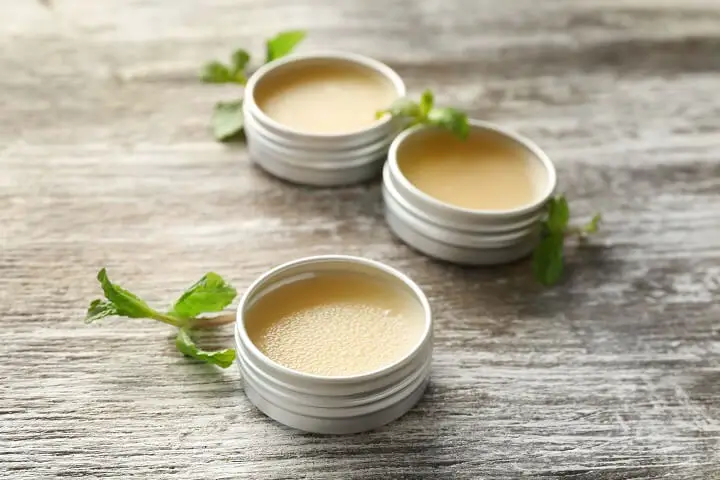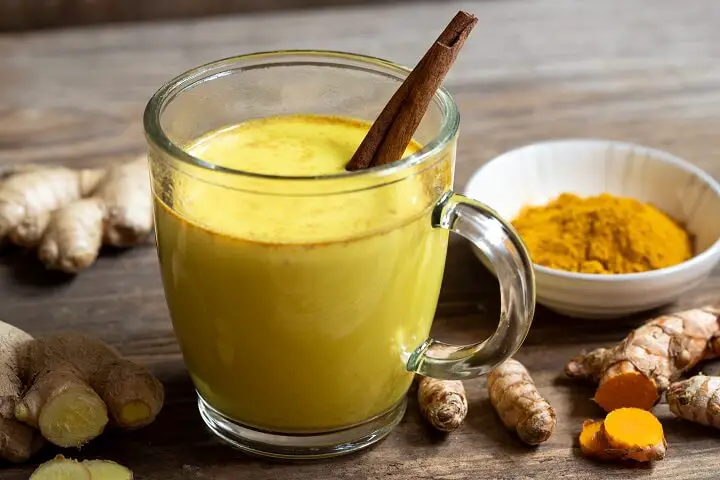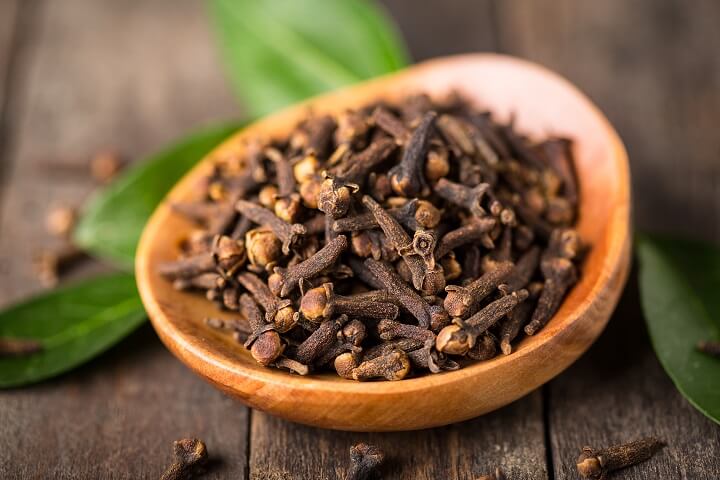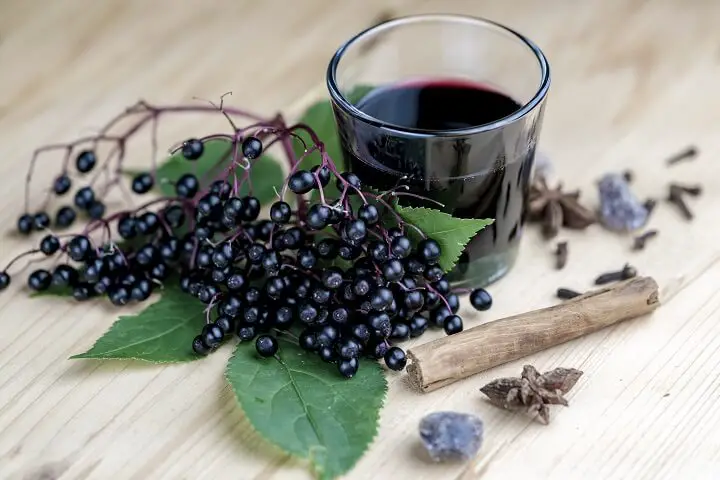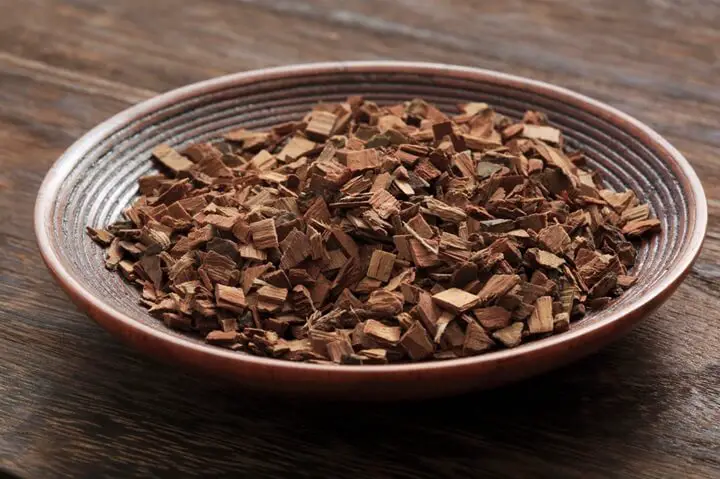
Today I want to show you how to make hardtack (aka hard tack). You may wonder what it is. I get it. It’s essentially a type of biscuit or unleavened bread that is baked until it has no moisture left. The dictionary describes hardtack as a dry bread or biscuit used as rations for sailors.
Other names, including sea biscuit, ship biscuit, pilot bread, sea bread, and pilot biscuit, have also been known. Due to its dry nature, it could be stored for long periods without any need for refrigeration.
Besides sailors, others, such as soldiers, pioneers, early settlers, miners, and adventurers, have long used this special food. They did so, not just to get nourishment, but to survive, in many cases. It has been a popular food option for centuries. This is a good food to have on hand because it lasts for a very long time when stored properly.

It’s a hard cracker that is made from water, salt, and flour. Please don’t plan to add other ingredients like butter or vegetable oil, since that will reduce the time it can be safely stored.
Some people will add spices like ground black pepper, rosemary, or Italian seasoning in place of some of the salt as a means to add flavor, since the dish tends to taste pretty bland.
Those seasonings could also reduce the long-term storage capacity, so consider the implications before adding them if you are looking for the longest possible storage periods. Continue reading to learn how to make this food storage staple.
I’ve had numerous readers ask questions and make comments about this hardtack recipe, so I’ve decided to update the information and republish it. Enjoy!
Where Did Hardtack Originate?
Hardtack dates back to a time before you or I were born. In 1801, Joseph Bent created the cracker. However, hardtack originated in the U.S. in Newburyport, MA. As you can imagine, this type of cracker was taken on long voyages, and Newburyport was a busy port city and home to many sailing ships.
I was recently introduced to the term “Roman Hardtack.” In ancient history, the term “Bucellatum” was used to describe the food used by the troops of the Roman Empire, which equates to their version of hardtack. It may date as far back as 360 AD. This hardtack was made from flour, salt, and water, just like it is now.
They would also have wine and possibly some bacon from time to time as additional items during a meal. It’s hard to imagine a food product we have now would have originated that long ago. They enjoyed it for the same reason we do: it has few ingredients, is easy to make, and lasts a long time.
It’s safe to say that Hardtack has been around for a while. You can read more about the history of hardtack here.
Others will tell you that hardtack was created during the Civil War. There is even evidence that a type of “hardtack” dates back to Egyptian times. It’s safe to say that hardtack has been used in various forms since the early days of civilization.
Kitchen Tools You’ll Need:
- Medium mixing bowl
- Sharp knife
- Baking sheet
- Nail or a dough docker
3 Ingredients-That’s It:
- White flour is generally preferred over whole wheat flour, as wheat flour contains oils that can draw moisture into the product, increasing the risk of spoilage.
- Salt serves as an added preservative and also adds a subtle flavor to the hardtack.
- Water: Adding water to the white flour and salt mixture helps create the dough needed to make hardtack.
How To Make Hardtack
Step One: Combine Flour, Salt, and Water
Combine the flour, salt, and water in a bowl.

Step Two: First Mix and then Knead the Dough
After mixing, scoop the dough onto a floured countertop. The dough will be sticky at first. Knead until mixed thoroughly.

Step Three: Roll the Dough and Cut it into Squares
Using a rolling pin, roll the dough out to about 1/2 inch thick, forming it into a rectangular shape. Use a sharp knife to cut the sections evenly, about 3 inches apart. I used a ruler to keep them square.

Step Four: Poke Holes
Use a nail or something with a sharp point to poke holes as shown. Some people poke both sides; I didn’t with this recipe.
The holes are put in the hardtack so air pockets don’t form in the cracker during the cooking process, thus keeping it consistently formed in the same shape.

Step Five: Bake for 30 minutes on Each Side
Preheat the oven to (375°F) = (190°C) degrees. Place the hardtack pieces on an ungreased cookie sheet and bake for 30 minutes, turning once. After 30 minutes, turn the hardtack over and cook the other side for an additional 30 minutes.
Set the cookie sheet on a cooling rack after baking, allowing the hardtack to cool completely.

Step Six: Cool and Store
After it cools, it’s ready to store in airtight containers.

How Do You Store Hardtack?
Many people might think that hardtack is challenging to store, but it actually isn’t. It’s straightforward! Due to its manufacturing process, hardtack can be stored for a remarkably long time, up to 50 years. Grains typically have a long shelf life and are a convenient option when fresh food is unavailable. Hardtack is a great survival food!
Note that some people have used oil in the recipe or on the sheet when cooking hardtack. If that is the case, the hardtack likely won’t last nearly as long since the oil is prone to going rancid over time.
I recommend using mason jars that can be sealed very tightly or airtight using a FoodSaver-type unit to vacuum seal the hardtack. Just make sure that the hardtack has cooled and isn’t exposed to humid air, as it could then spoil.
Here’s the deal: you can make a batch and then store it, repeating the process when you have time. You will never have to buy what I call “forever crackers” because YOU can make them.
What Do You Serve With Hardtack?
Here’s the fun part. You may be wondering HOW to serve hardtack. In the past, you would soften it with water or coffee. You can serve it with almost anything, but your favorite liquid is best.
Do you remember Grandma eating bread and milk? Mark’s parents would have bread and milk every Sunday night. They would grab a bowl filled with milk and place bits of bread in it.
Mark’s parents would eat it with cheese. You could soak hardtack in milk and eat it just like they did.
Add some cheese, jam, honey, meat, salt, black pepper, or any other ingredient your stomach desires. Some may enjoy eating it with soda or beer. You can eat it by itself. However, it’s recommended that you soak it in a liquid before eating, as the name includes the word “hard.” Be careful! Many people have reported tooth damage from eating hardtack without first softening it.
Hardtack crackers have been known as “tooth dullers,” “molar breakers,” and “sheet iron crackers.” Back in the day, behind the backs of cooks who would serve it to sailors, explorers, or the like, many would call it “dog biscuits” because it wouldn’t necessarily have been their first choice of food. Please soften before eating!
Does Hardtack Stay Hard Forever?
The unique thing about hardtack is that it will stay hard forever. It will last forever because it is only made with three ingredients. If you can keep it dry, it could literally last forever.
It’ll stay good even through extreme temps. If you are looking for something to store, hardtack is a good option to have on hand in case of an emergency. At least you know you will always have food.
How Long Is The Shelf-Life of Hardtack?
Some experts say that it can be stored for up to 50 years. As long as it doesn’t get wet and hasn’t had spoilable ingredients added, it can last through anything. Only soak it if you are ready to eat it. Remember, it’s like a cracker, only way harder.
Soup is Perfect with Hardtack
Hardtack Recipe

Hardtack Recipe by Food Storage Moms
Ingredients
- 3 cups white flour
- 2 teaspoons salt
- 1 cup water
Instructions
-
Preheat the oven to (375°F) = (190°C) degrees.
-
Combine the flour, salt, and water in a bowl.
-
After mixing, scoop the dough onto a floured countertop. The dough will be sticky at first. Knead until mixed thoroughly.
-
With a rolling pin, roll the dough out about 1/2 inch thick into a rectangular shape. Use a sharp knife to cut the sections evenly, about 3 inches apart. I used a ruler to keep them square.
-
Use a nail or something with a sharp point to make the holes.
-
Place the hardtack pieces on an ungreased cookie sheet and bake for 30 minutes, turning once. After 30 minutes, turn the hardtack over and cook the other side for an additional 30 minutes.
-
Set the cookie sheet on a cooling rack after baking and let it cool completely.
-
After it cools, it's ready to store in airtight containers.
Can I use wheat flour to make hardtack?
The problem with whole wheat flour is that it tends to go rancid sooner, so I would not use it for this recipe if you plan to store it for longer-term use. If your family enjoys this special cracker-like product and intends to eat it frequently, I recommend trying the wheat flour version and enjoying it in the short term.
Does hardtack have any nutritional value?
Hardtack is made with white flour, which is high in calories and carbohydrates. It would help to provide the energy your body needs in times of survival or strenuous labor. Hardtack can be considered a form of survival food. Adding hardtack to items such as milk or soup can help increase the nutritional content of a snack or meal, providing vitamins and protein.
Final Word
I firmly believe we should learn how to make hardtack, along with tortillas, bread, biscuits, and pasta. It fills the belly, and when a disaster strikes, we may need to rely on it to get through the ordeal, I promise.
Please let me know what you usually use as your favorite liquid companion when you eat your hardtack. I think mine is clam chowder! Thanks for being prepared for the unexpected. May God bless this world, Linda
The post How To Make Hardtack appeared first on Food Storage Moms.
from Food Storage Moms

































